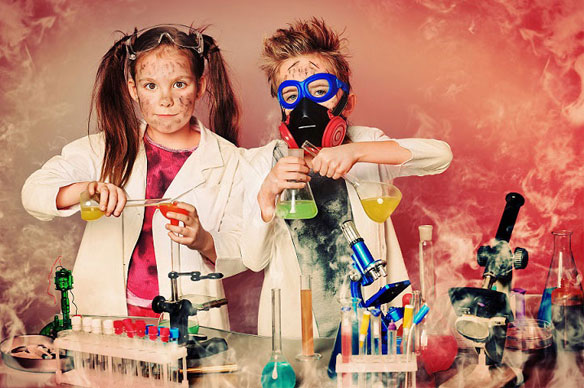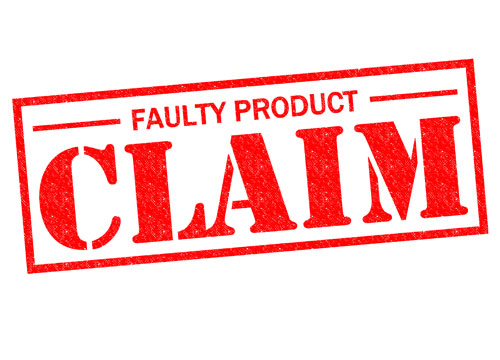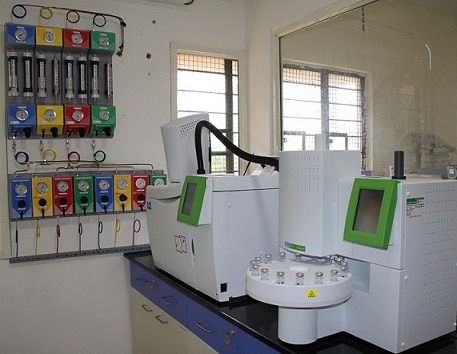Fire Hazards in the Laboratory


Fires pose a major hazard in laboratories and the need for fire insurance was stressed upon in an earlier article on laboratory insurance. In this article a brief is provided on what insurance companies cover under fire insurance and more important the awareness on fire risks and how to prevent fire mishaps.
Fire insurance insurance is a contract under which the insurer agrees to compensate the insured laboratory up to a maximum limit mentioned in the policy for any loss or damage resulting from fire during the contract period.
Losses covered under fire insurance
- Damage and destruction resulting from fire
- Compensation for loss of life or injury to laboratory employees or third parties
- Damage or spoilage cost of goods by means used for extinguishing the fire
- Breakage of furniture or other articles in the process of removal from site of fire accident
- Damage to adjacent buildings during firefighting operations
Losses not covered
- Deliberate fires
- Theft losses during or after occurrence of fire
- Fire loss resulting from natural calamities such as earthquakes, lightning strike, war, civil riots, military uprising, etc
- Loss resulting from burning under orders of government or state health authorities
Losses resulting from laboratory fire accidents can be of enormous magnitude and though insurance helps in partial relief it is best to avoid such situations through proper training of all laboratory personal on handling of hazardous combustible materials and use of firefighting equipment.
Classification of fires
A fire essentially results from a combination of three entities – combustible material, oxidant and heat source. All the three are necessary to support and propagate a fire. A fire extinguisher serves to block the contact of the combustible material with air that supports combustion
| Fire Clarification | Combustible Materials | Type of Extinguish Material |
|---|---|---|
| A | Wood, paper, Textiles, Trash, Plastics, etc. | Water |
| B | Flammable and comnbustible liquids, oil, gasoline solvents | Foam, Dry Powder, Carbon dioxide |
| C | Electrical Fires | Carbon dioxide after de-energizing circuit. Never use water |
| D | Combustible metals : Na, K, Mg, Al | Dry powder. Never use water |
Flammable Laboratory Materials
Flammable and combustible liquids
Flammable liquids are volatile in nature and liberate vapours at ambient or elevated temperatures that can ignite in presence of sparks, hot plates, naked flames or other hot surfaces.
Examples: acetone, ether, methyl ethyl ketone, methyl isobutyl ketone, alcohols, cyclohexanone, etc
Combustible liquids are those whose vapours self ignite when heated to their flash point temperature
Examples: fuel oil, gasoline, kerosene
Flammable solids
Metals: sodium, lithium, magnesium, aluminium etc
Inorganic compounds: phosphorus heptasulphide, potassium sulphide, lithium amide and decaborane.
Pyrophoric substances ignite spontaneously upon contact with air. Such materials are stored in dark air tight containers under cool and dry environment. Yellow and white phosphorus should be stored and cut under water
Flammable Gases
Flammable gases such as hydrogen, acetylene, propane, methane, etc in contact with an oxidant and in presence of ignition source burn spontaneously. Tanks and pipelines of such gases should be regularly inspected for leaks to prevent formation of explosive mixtures with air.
Careful handling of combustible and flammable materials can prevent major laboratory fire disasters and for this reason safety signages and instructions should be prominently displayed in the laboratory.
Please feel free to share your experiences and offer your valuable comments.






Responses